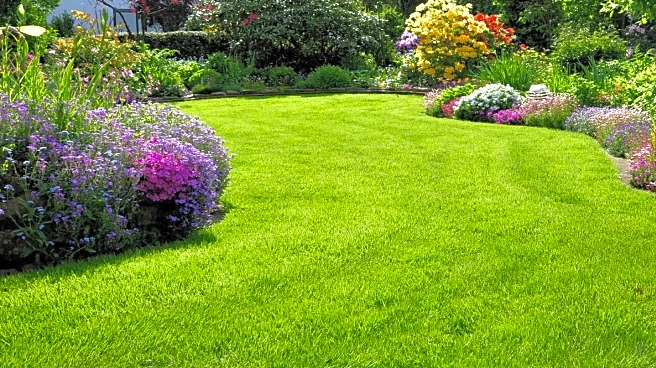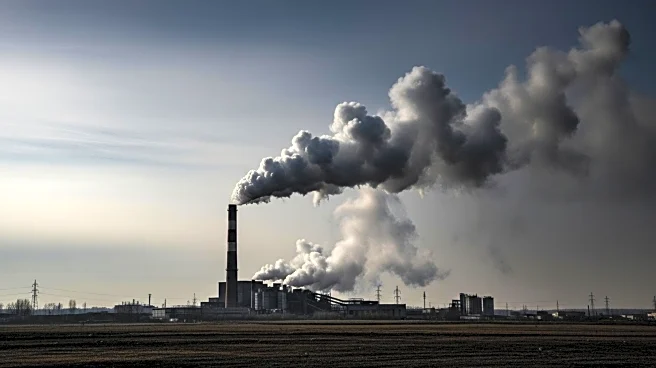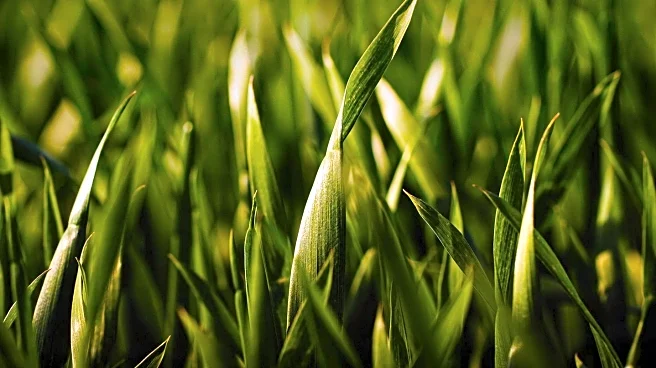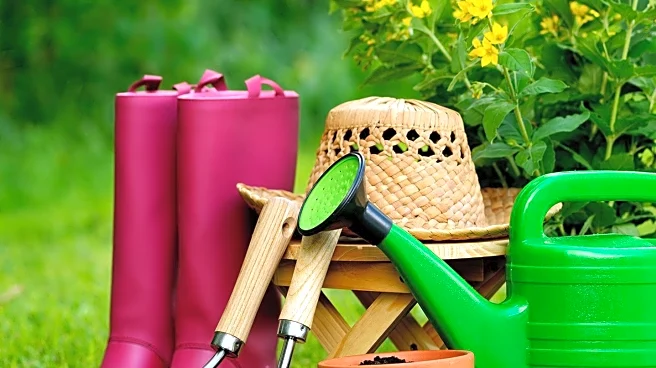What's Happening?
As fall approaches, lawn care experts from Lowe's and Scotts are providing guidance on how to prepare lawns for the upcoming winter season to ensure a healthy start in spring. Key recommendations include
applying fall fertilizers to strengthen grass and repair roots damaged by summer heat. Experts suggest using products like Scotts Turf Builder WinterGuard to feed lawns and eliminate weeds before they hibernate. Additionally, repairing damaged or bare spots in the lawn is advised, with products like Scotts Turf Builder Rapid Grass recommended for larger areas. Aerating the lawn is also suggested to alleviate soil compaction, allowing grassroots to grow more effectively. Mowing grass shorter in the fall, gradually reducing the height to about 2 to 2.5 inches, is recommended to reduce disease risk and improve energy storage. Finally, raking leaves is crucial to prevent smothering grass and plants, with options to mulch leaves for natural fertilization.
Why It's Important?
Proper lawn care during the fall is essential for maintaining healthy lawns that can thrive in the spring. By following expert advice, homeowners can prevent common issues such as soil compaction, weed proliferation, and disease, which can hinder lawn growth. The use of fertilizers and proper mowing techniques can significantly enhance the lawn's ability to store energy and resist disease during the dormant winter months. This preparation not only ensures a lush and vibrant lawn in the spring but also contributes to the overall aesthetic and environmental health of residential areas. Homeowners who invest time and resources into fall lawn care can save on future repair costs and enjoy a more sustainable and visually appealing outdoor space.
What's Next?
Homeowners are encouraged to begin implementing these lawn care strategies as fall progresses. Monitoring weather forecasts for the first expected frost can help in timing the final fertilizer application. As the season changes, homeowners should adjust their mowing practices and continue to manage leaf accumulation to prevent damage to the lawn. Lawn care companies may see increased demand for products and services related to fall preparations, potentially leading to promotional offers or educational workshops to assist consumers. Additionally, community initiatives focused on sustainable lawn care practices may emerge, promoting environmental stewardship and resource conservation.
Beyond the Headlines
The emphasis on fall lawn care highlights broader environmental and economic implications. Sustainable practices such as composting leaves and using organic fertilizers can reduce chemical runoff and promote biodiversity. Moreover, the trend towards DIY lawn care reflects a shift in consumer behavior, driven by economic factors and a growing interest in personal responsibility for environmental health. This movement may influence market dynamics, encouraging innovation in eco-friendly lawn care products and services. As communities become more aware of the environmental impact of lawn maintenance, there may be increased advocacy for policies supporting sustainable landscaping practices.












